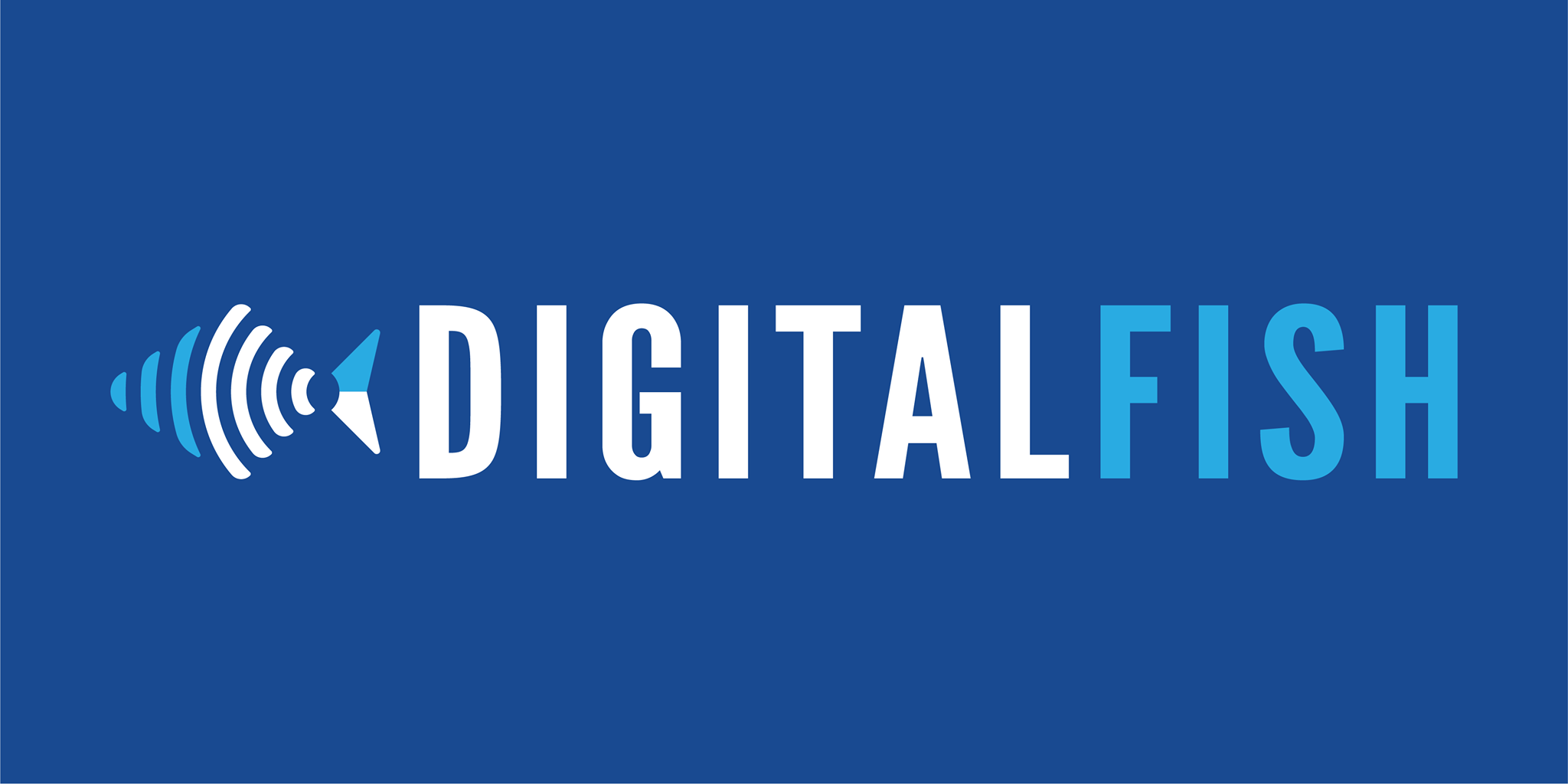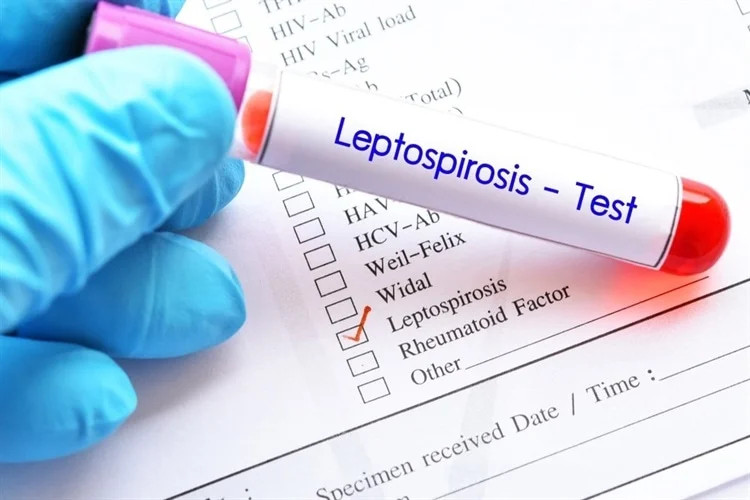Aquaculture, also known as aquafarming, is the world’s fastest-growing food industry. The rise in demand for protein and the ever-increasing human population accounts for this growth. Although aquaculture has been around for 4,000 years, the industry is still young and growing. It has much to learn from livestock farming and has several challenges to tackle, such as disease control, low-impact production, feeds, and nutrition. However, advanced technology has extended a helping hand, that opened lucrative opportunities to improve efficiency and maintain the health of aquatic organisms. Here are five major innovations that are on the verge to disrupt the aquaculture industry.
Remotely Operated Vehicles (ROVs)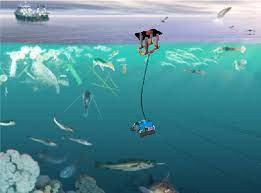
The advent of ROVs is most advantageous as they offer visibility below water and allow monitoring of fish farms without involving humans. In addition, ROVs can perform a variety of tasks that demand a skilled workforce and expensive protective underwater gear. With the help of ROVs, farmers can inspect nets quickly and without leaving their desks. It takes around 30 minutes to capture a 270-degree video for top-to-bottom net inspection. Moreover, side-facing cameras enable lateral inspections with ease.
Robotic Cages for Fish Farming
The most common concerns for fish farmers are parasites and diseases. Both of these problems occur due to the cramped condition of fish farms. This leads to lower yields and high maintenance and production costs. On the other hand, fish farming in autonomous roaming robotic cages, “aquapods” could be the next big thing in aquaculture.
While such robotic cages demand high investment costs, the technology saves money down the line. The aquapods grow fish in the open sea and robots can examine and, if necessary, repair nets, offering a safer and more efficient way of fish farming and operation management. What’s more, Rolls Royce has already entered the aquaculture market and stated that cargo ships can be more efficient and cleaner for shipping.
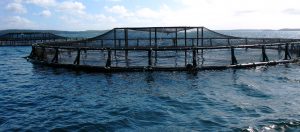
Drones to Take a Dive
Similar to robots, drones can be used to do human jobs. Monitoring offshore fish farms demands skilled labor and comes with certain risks for people. However, drones can replace expensive human intervention and can dive underwater multiple times for net inspection and monitoring of the health of fish farms.

Several companies have entered the market to enable an analysis of fish farms through the use of sensor technology. Furthermore, drones can offer live video streaming for farmers to inspect the health of aquatic organisms without taking any risks. While drones offer the necessary data, technologies such as big-data analysis can help recognize patterns and alert farmers to maintenance issues. Fish stock analysis and environmental analysis can help recognize risks before damage is done to an entire farm.
Sensors for sustainable fish farming
The technological advancements in sensors have opened several opportunities in fish farming. The aforementioned drones and robots demand advanced sensors not only for capturing videos but also for underwater navigation, water pH data collection, and collection of several data including oxygen level, salinity, pollutants, and turbidity.
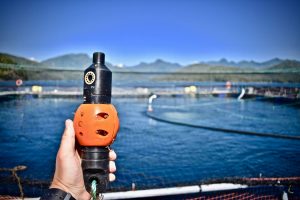
Depending on the type of fish, farmers must maintain the right pH, water temperature and oxygen levels. Biosensors can help to farm in an analysis of such parameters. In addition, today’s advanced sensors can help monitor heart rate and metabolism. With the help of this data, farmers can easily create an ideal environment for their aquaculture and get better yields.

One of the most advanced technologies available on the market is eFishery, which helps monitor the hunger level of fish and helps farmers to feed them accordingly. Such technologies can help farmers take the necessary steps to improve the yield of their fish farms.
Artificial intelligence for decision-making
While smart sensors gather vital data, several companies are keen to leverage the power of artificial intelligence (AI) for decision-making. AI can help in predictive analysis and offer improved data-based decision-making.
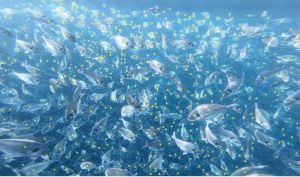
AI can help detect underwater pollution and alert farmers before the environment harms aquaculture. This way, fish farmers can send out robots to rectify the situation. While the current technology demands slight human intervention, in the future, most of the decisions will be carried out autonomously. The demand for sustainability has increased over the years. AI can help to reduce overexploited fish species through data collection and can be used when implementing sustainable harvesting practices.
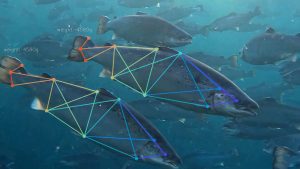
Apart from this, augmented reality (AR), virtual reality (VR) and blockchain have made their way into the aquaculture industry. While the initial investment for these technologies is greater than conventional practices, technology can cut down maintenance costs and improve yields in the long run.

The Department of Animal, Aquaculture and Range Sciences
The College of Agriculture, Sokoine University of Agriculture
Share this page

